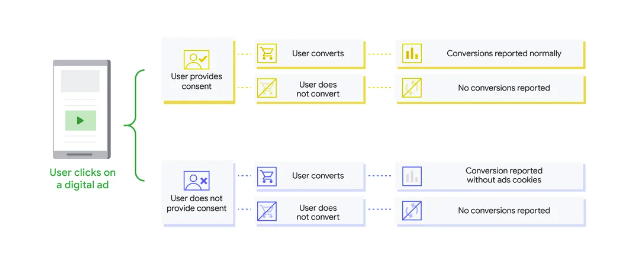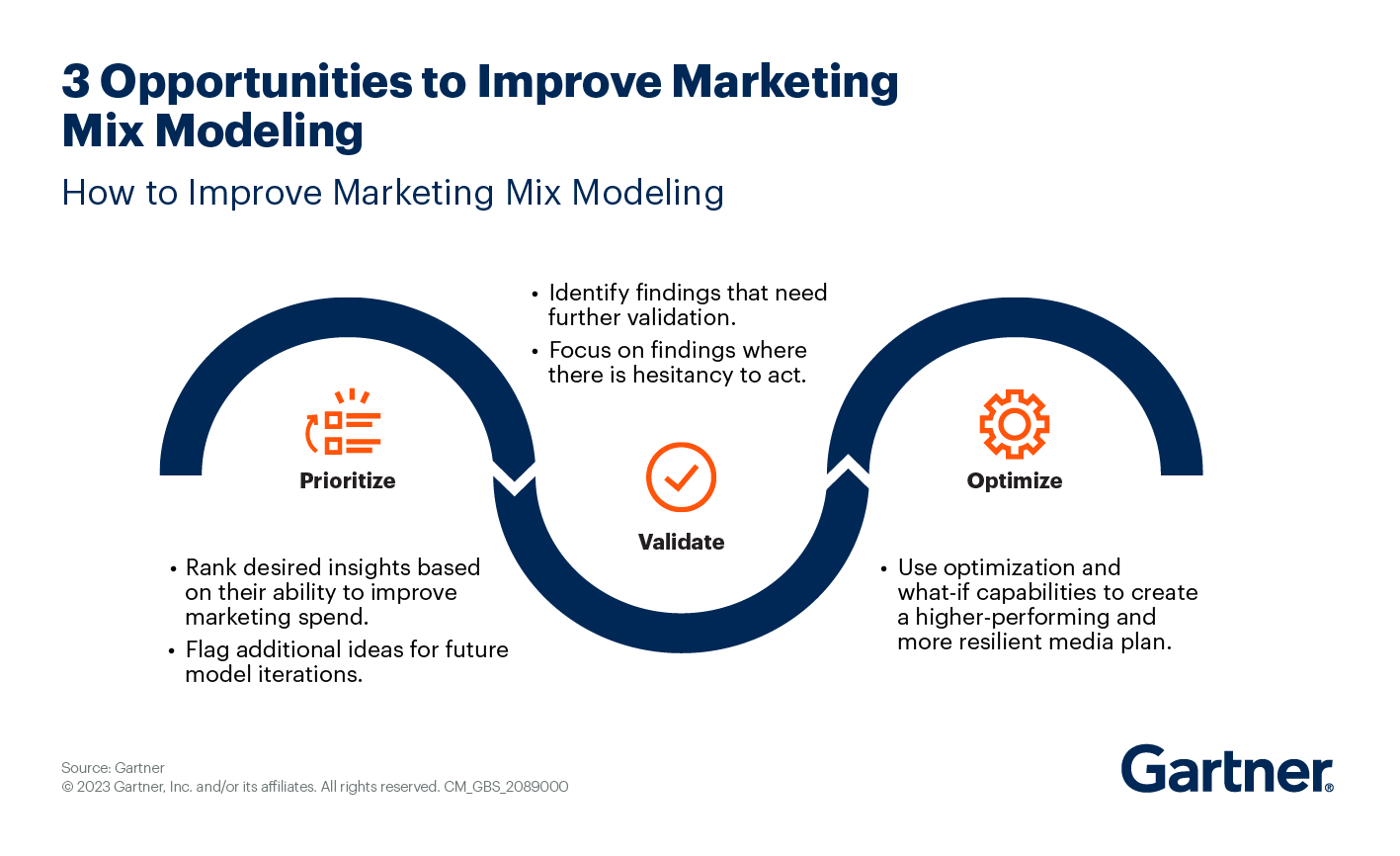As we begin the new year, 2023 won’t be the only thing we bid adieu. For 30 years third party cookies have been a staple of the internet. Using crumbs of data to lead advertisers and marketers toward insights on audience behaviour, ad performance and beyond.
But with Google’s move to end its support of third party cookies coming into play, the time has come to rethink how and where we reach our intended audiences.
Although this might seem scary (what’s the alternative?!) it’s not all doom and gloom. There is an opportunity to move with the times in a way that creates better advertising, as well as relationships between brands and consumers.
So we’ve been talking to our friends at We Grow Startups about what strategies can be implemented in this new post cookie era.
First party data
If you’re not already, collecting as much first party data (email addresses etc) as possible is a great place to start. Though make sure your audience has consented to their data being collected and used for marketing purposes. Google has announced that it is improving its first-party data capabilities in a way that will make it easier to target consumers using first-party data and measure the success of related advertising activities.
Server side tracking
Server side tracking involves tracking your audience across website servers instead of browser cookies. Because the server that you configure is talking directly to the ad platform, you are able to have more control over what data is being collected and shared, as well as how it is being stored. This also allows the consumer to have more control over the granularity of data that is being shared about them. An option that they previously haven’t had with browser cookies.
Google consent mode
Next is Google’s ‘consent mode’. This feature allows you to model the behaviors of those who have opted out of being tracked by creating look-a-likes based on the data collected from those who have opted in (or consented) to being tracked. This helps ensure that you’re provided with insights into ad performance in a fully GDPR-compliant way without the use of personal data.
Contextual advertising
We’re fully aware by now that context is key and that couldn’t be any more true when it comes to advertising. With a more traditional approach - placing ads where your audience is likely to view them - the targeting doesn’t rely on personally identifiable information. And so doesn’t require large amounts of data and individual consent.
By placing these ads in contextually relevant environments (YouTube verticals for example), you increase the chances of being seen by an audience that is likely already aligned/engaged with your messaging.
Market mix modeling
Last but not least is market mix modeling. It relies on data relating to sales and advertising, rather than granular data relating to individual ad performance. This mix model approach can provide a better understanding of whether advertising is contributing much if at all, whether sales would have been made anyway, the impact of advertising spend on sales, and more. The only catch is that you need at least two years worth of weekly data plus support from econometrics analysts to help uncover meaningful insights.
Focus on building relationships with your customers
Yes, third party cookies are disappearing, but first party cookies and other ways to track users are staying firmly put. And let’s face it, if the post-cookie era means developing more consensual relationships with our consumers. As well as more relevant and targeted advertising - maybe it’s not such a bad thing?



